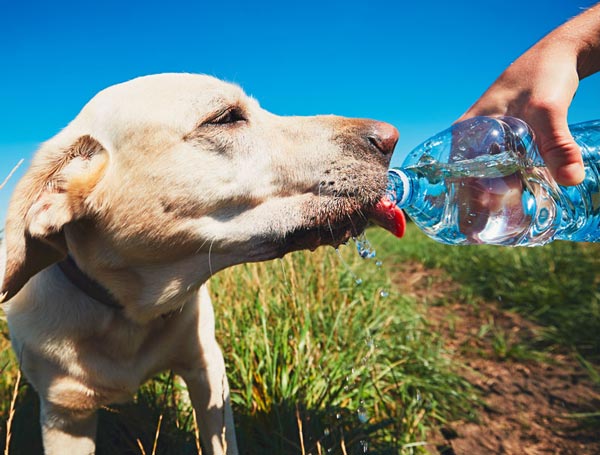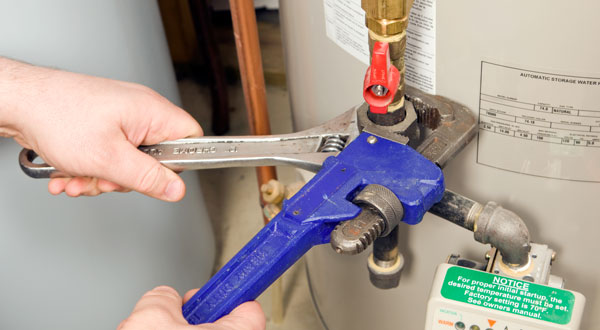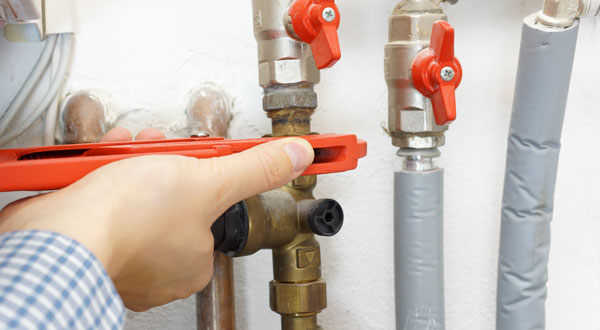Backup Water


This month’s goal:
Have enough water on-hand for your family to last 3 days. This should be about 3 gallons per person (one gallon per person per day). During a power outage you may find yourself without a way to get water. Your water supply can also become unsafe to drink. Both private wells and city water systems can be contaminated in a disaster.
1 day, 1 person = 1 gallon (or 128 ounces) = 7-20 ounce bottles = 4 liters
If you buy commercially bottled water, it should be replaced once a year. Store your water in a cool, dark place to keep it tasting fresher longer.If you get your water from a private well, disinfect your tap water before bottling. Place six drops of bleach for each gallon of water, shake well, then let sit for 30 minutes. Replace your water supply every six months if you bottle your own water.
Milk jugs don’t make good water storage containers, they don’t seal well, and water stored in them can sometimes develop a plastic taste. Only use bottles that originally had beverages in them (large plastic soft drink bottles work well).
Helpful Tip:
In an emergency where you have to use your back up drinking water, don’t follow in the footsteps of Ned Nederlander and Lucky Day. Be sure to drink at least two quarts (one half gallon) of water per day. The rest of your water supply should be used for cooking and washing. If you are pregnant, sick, or a child, drink 3-4 quarts a day.

Water Heater
- Step 1: Turn off the gas or electricity to water heater
- Step 2: Turn off the water intake valve.
- Step 3: Open the drain at the bottom of the tank.
- Step 4: Turn on a hot water faucet. Do not turn the gas or electricity back on until the tank is refilled.
Do not use if the tank or fixtures have been submerged in floodwater!

Pipes
- Step 1: Turn off main water valve where the water comes into the house.
- Step 2: Let air into the pipes by turning on the highest faucet in your house.
- Step 3: Get water from the lowest faucet in your house (never get water from faucets that have been submerged in floodwater).
ICE
If you have freezer space, consider freezing part of your water supply. This has the added advantage of keeping food in the freezer cold longer during a power outage.
Content provided by Do1Thing.
